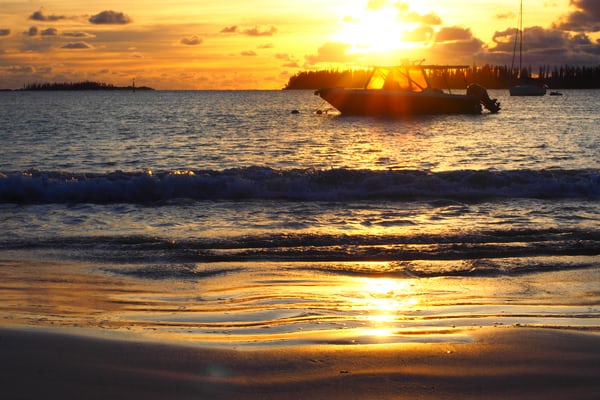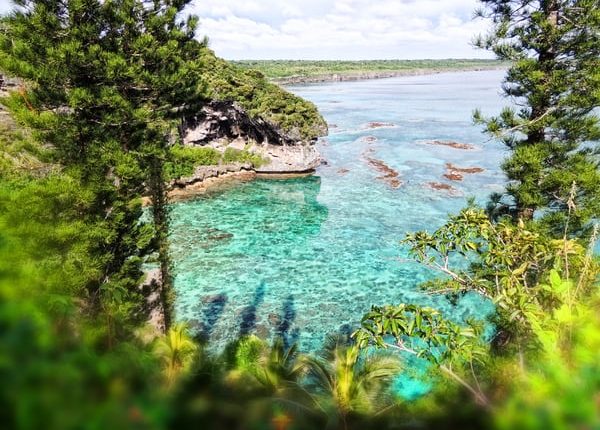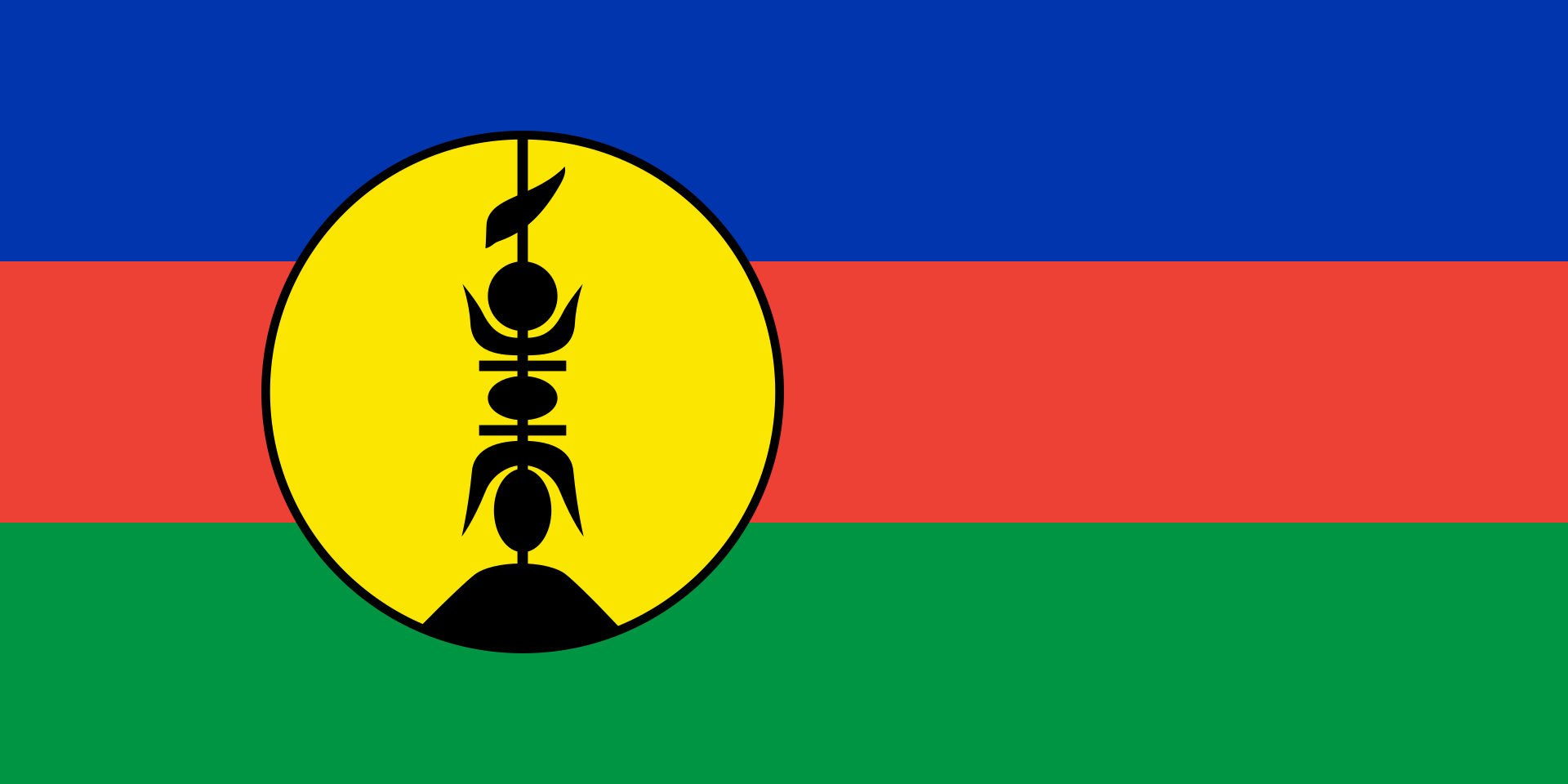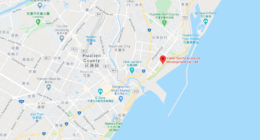The tiny Pacific island of New Caledonia will this weekend vote for the second time on the possibility of independence from France.
The vote comes two years after an earlier vote in which 56.7% of New Caledonians opted to maintain ties with France – the colonial overseers of the southwest Pacific island nation since 1853.
As with the previous vote, should more than half of all islanders opt to remain ‘with’ France, there will be the possibility of a third and final vote to cut ties at an as of yet undecided date in the future although it should take place some time in 2022.
The system of three votes to decide was negotiated with French authorities 17,000 km away in France proper, in the late 1990s.
An estimated 40% of the population of 271,000 are indigenous to the islands with the majority reportedly seeking full independence.
As such, the relatively limited majority win seeking to remain with France in the 2018 vote was seen by both sides as something of a victory.
Politics and potential job losses will, however, play a much bigger role in the minds of those going to the polls this time round.
With New Caledonia currently the 5th largest producer of nickel in the world, but with the Brazilian operators of the local nickel plant set to pull out, a significant rise in unemployment could sway voters to stay with France in search of benefits.
Mining income coupled to French financial aid makes up an estimated 15% of New Caledonia’s GDP.

Key to Sunday’s vote will be the 33,000 New Caledonians who opted not to vote in the 2018 referendum.
With the difference between the leave and stay vote in the region of 18,000 votes, this demographic is seen as crucial to win over to sway the vote this time round.











Comments are closed.